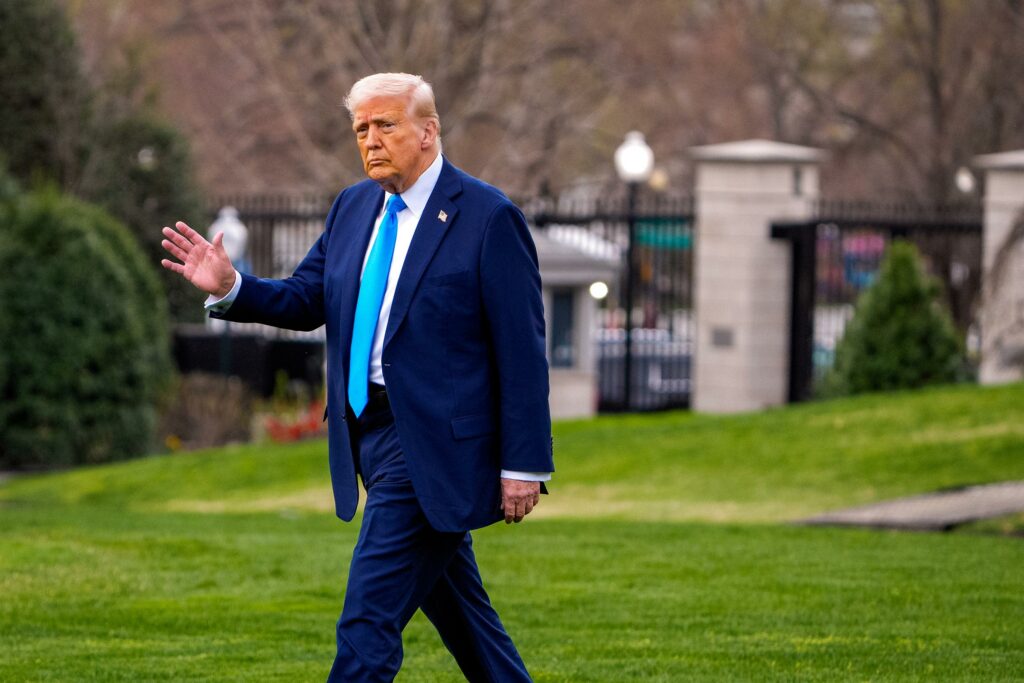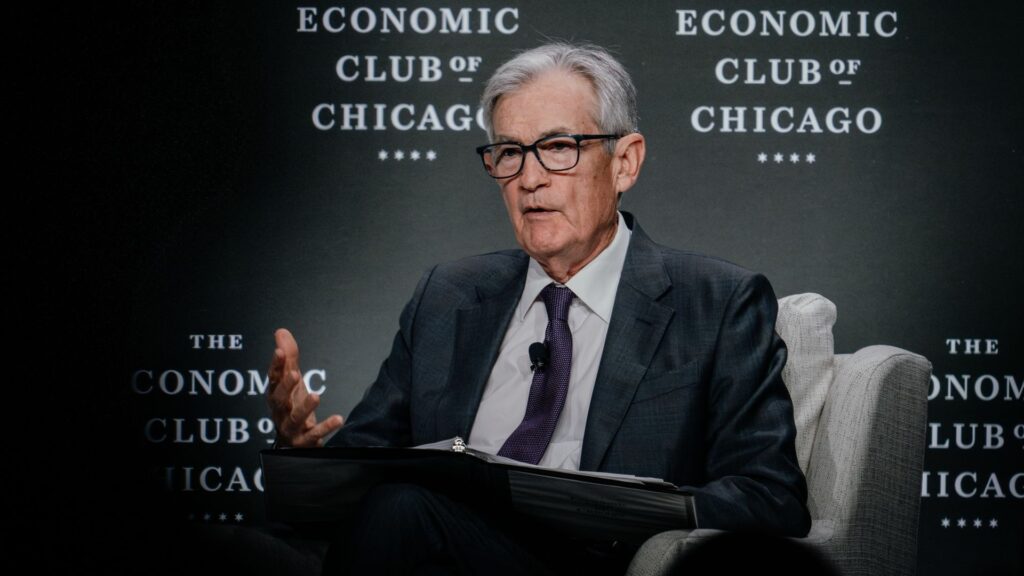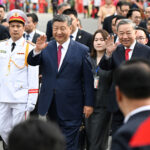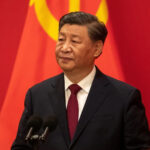April 2, 2025, is being dubbed “Liberation Day”—not for military reasons, but for economic sovereignty. President Donald J. Trump is expected to unveil a sweeping set of tariffs that signal a hard reset on how America engages in global trade. This isn’t just a policy pivot—it’s a declaration that the United States will no longer subsidize the prosperity of other nations at its own expense.
Announced from the steps of the White House and underscored by growing market turbulence, the new tariffs may average 15% across all U.S. trading partners. For Trump and his base, it’s about restoring leverage, protecting strategic industries, and putting the American worker first.
April 2 will be remembered not just as a date, but as the turning point where America reasserted control of its economic destiny.
Highlights
- New tariffs expected to average 15% across all major U.S. trading partners.
- “All countries” now on the table for potential sanctions.
- Major shifts expected in auto, steel, aluminum, and agriculture sectors.
- Social Security reform and tax strategy tied to tariff revenue.
- Markets brace for volatility; inflation and recession forecasts rise.
- Geopolitical tensions with China, Russia, and the EU heating up.
- Wall Street reactions divided: innovation versus inflation.
Strategic Backdrop: Why Now?
From a macroeconomic standpoint, the U.S. has entered unprecedented territory. Unlike previous eras, today’s deficits aren’t driven by war or recession. Instead, ballooning debt and over-reliance on low-cost imports have hollowed out America’s industrial base.
Trump’s critics call the move protectionist; his supporters call it common sense. America First is no longer just rhetoric—it’s strategy.
As Scott Bessent recently articulated from the Treasury, this new economic doctrine focuses on government deleveraging paired with private sector releveraging. The goal: reduce dependency on foreign imports while reviving the productivity engine at home.
The administration sees tariffs not only as a revenue source but also as a lever to push back against systemic trade imbalances that have disadvantaged the U.S. for decades.
Europe and the EU: From Trade Partners to Negotiating Opponents
The European Union, America’s second-largest import partner, is now facing the possibility of double-digit tariffs. Trump has publicly criticized the EU for maintaining massive trade surpluses and imposing barriers on U.S. farm products and automobiles. This week, he reiterated that the EU was “designed to compete unfairly with the U.S., and that ends now.”
“They’ll have to pay a big price,” Trump warned in a recent statement.
While Deutsche Bank previously projected a medium-term tariff level of 18% for the EU, April 2 may bring much sharper immediate shocks. Key sectors in France and Germany are bracing for impact. Automotive manufacturers, wine producers, and luxury goods exporters are preparing for significant fallout.
China: The Great Rebalancing Continues
Despite only two 10% tariff hikes to date, China remains central to Trump’s trade rebalancing strategy. His campaign promise of a 60% tariff has yet to fully materialize, but April 2 could see that number climb.
While the U.S. frames this in part as a national security issue—linking trade policy with fentanyl imports—China continues to post strong export numbers, driven by tech innovation and domestic consumption.
However, Trump’s administration is closely watching China’s AI and robotics developments, which some in D.C. view as strategic threats.
Russia: Energy Leverage and Strategic Sanctions
Trump has threatened to impose a 25–50% tariff on Russian oil if ceasefire negotiations in Ukraine stall. More significantly, secondary sanctions would bar companies doing business with Russia from accessing U.S. markets. This marks an aggressive escalation in economic diplomacy.
While critics argue this could backfire by driving up global energy prices, proponents see it as necessary pressure to end geopolitical instability. Energy policy is now inextricably tied to economic strategy.
Universal Tariffs: The Birth of a New Doctrine
For the first time, Trump is entertaining the idea of a universal tariff—a flat trade levy applied regardless of country of origin. Though risky, sector-specific universal tariffs are more defensible under World Trade Organization (WTO) rules than country-specific measures. This would mark a dramatic departure from decades of bilateral trade policy.
This strategy would:
- Raise government revenue
- Incentivize domestic manufacturing
- Justify lower corporate tax rates
- Curb foreign influence over strategic sectors
Goldman Sachs forecasts an eventual adjustment down to 9% average effective tariffs after exclusions. However, it has also raised U.S. recession risks from 20% to 35% and increased core PCE inflation forecasts by 0.5%.
Industry Insight: What Business Leaders Are Saying
Jamie Dimon of JPMorgan Chase has cautioned that blanket tariffs may be recessionary. Yet Thierry Wizman of Macquarie suggests that universal tariffs could reinforce Trump’s domestic agenda: rebuilding the U.S. industrial economy and reforming corporate tax structures.
Even Wall Street remains split. For manufacturers and exporters, this could be a renaissance. For retailers and importers, it could mean higher costs and thinner margins. Some tech firms, already reeling from chip supply chain pressures, are reassessing their sourcing strategies in light of potential tariff hikes.
Venture capitalists and early-stage investors are increasingly seeing opportunity in the Made-in-America movement, investing in sectors ranging from semiconductors to advanced manufacturing hubs in the Midwest.
The Political Chessboard: Beyond Economics
Liberation Day is as much about politics as it is about economics. Trump is sending a message to both domestic and international audiences: the age of endless trade compromise is over. For the MAGA movement, this is a cultural reset—a symbolic liberation from the entanglements of globalist orthodoxy.
This also sets the tone for 2026 midterms, where economic nationalism will take center stage. Trump’s GOP aims to create a new coalition—fusing blue-collar workers with small business owners, reshaping the party’s economic platform.
The Battle Lines Are Drawn
Liberation Day marks more than a policy shift—it’s a battle cry for a new American economic era. In Trump’s eyes, globalization has cost the U.S. too much. April 2 is about reversing the tide, and reasserting national autonomy in a system long tilted against the American worker.
Whether this gamble results in a revitalized domestic economy or triggers a global recession remains to be seen. But one thing is clear: the world will be watching.







